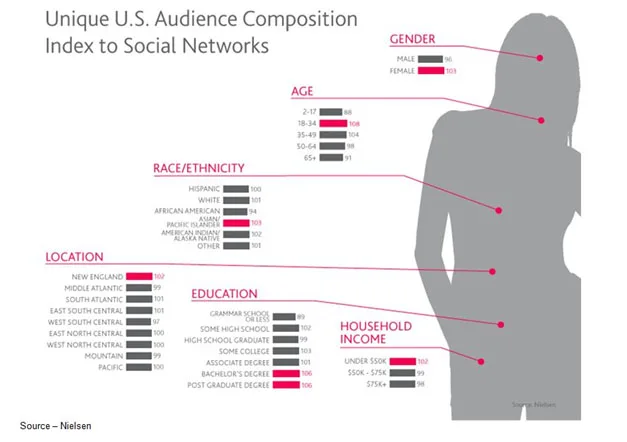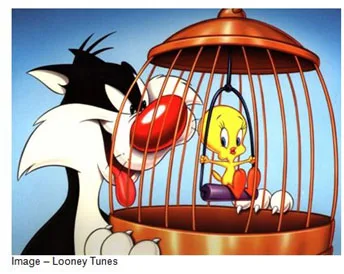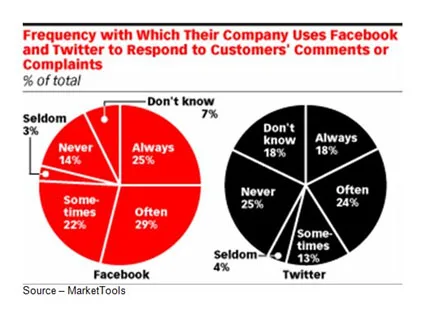Market of One – Social Media Isn’t Marketing, It’s Relationships

You have to love all the new, “better” approaches we have to reach our markets, position companies/products, highlight our brands and measure results.
I don’t care which “tool” you’re hot for today, I just can’t help but wonder why you’re not measuring what really counts … you know, selling stuff to someone and keeping it sold.
Isn’t that what it’s all about?
B2B (business to business) or B2C (business to consumer) is all really about people selling stuff to people.
Depending on the article you read, circulated to your team or sent to your boss, everyone this year was buying with their computer, using their tablet, tracking stuff on their smartphone and looking at digital signage looking back at them to drive sales en mass!
Social media (your flavor, of course) was driving traffic, producing the stickyness your company needed to end the quarter/year right.
Then a report from Custora (an e-commerce analytics company) said all that social hustle and bustle didn’t do much to move the sales needle … two percent of purchases came from social posts (Facebook, Pinterest, Twitter, you name it).

That doesn’t mean social media is a waste of time, money, effort.
It is also the main reason consumers don’t get real upset about being tracked because they know there is a direct return to them for the information they provide.
Of course, following/tracking is a little different from stalking.
And unfortunately, lots of companies and their management have a different view of social media/social contact than customers do.
That’s why Milo said, “Well, that’s a real shame.”
The company knows virtually anything/everything they want to know about the customer.

So they crank up their digital marketing machine:
– Content marketing
– Conversion rate optimization
– Social media engagement
– Content optimization
– Mobile optimization
– Brand building/viral marketing
– Marketing automation
– Video marketing
– Social media data gathering/analytics
All of that investment – and more–has one goal in mind … more customers (not just one or two), but a whole flock of ‘em!

People seem to believe that consumers will follow along because they want to/need to be part of a community … be involved.
Nope. They have different priorities.

According to IBM’s Institute for Business Value, people follow/like brands and products because they like the product and they’re just hanging around until you offer them a deal.
Not exactly the profitable answer you were looking for; but then, social media isn’t all about you is it?
We know you’re very good at monitoring social media using all of the tools at your disposal to measure reach, buzz, volume, views, followers, clicks, likes, sentiments and changes so you can fine-tune your messages.
While you give lip-service to the new marketing approach, old marketing thoughts/plans persist.
That’s why Nicole said, “The truth is, I think I might need your advice on something.”
Today’s consumer is uninformed or passive. She/he doesn’t want or need to be persuaded or helped in making decisions.
Today’s consumer is fickle. She/he expects you to listen. They want to be able to feel, see, hear, touch, determine the product/service value in a nanosecond.
All of your impersonal communications, all of your efforts that view what is going on from your side of the screen, rather than her/his side, can be bruised, damaged, wiped out in the blink of an eye.
You can no longer push your product, your brand.
The consumer has to pull it!
Of course, that doesn’t mean marketing can’t/shouldn’t assist the consumer.
What the consumer wants from the company/marketing/communications is information:
– They can trust from consumer advisors, reviewers, rating services, other customers
– They can use to learn more about the product/service without a lot of distracting, disassociated/irrelevant information that clutters/confuses the decision-making process
– That lets them quickly, easily, clearly consider all of the options
– That is unfiltered – user/customer comments both pro/con, strengths/weaknesses because no product, no service is completely blemish free
Does the simplified, unfiltered approach – even when issues are mixed with praises – really work?
It does for folks like Zappos and Intuit.
Consumers:
– Trust what they read because they get unfiltered user reviews and ratings on the products/services so they can pick/choose what information is relevant to them
– Learn from the firms’ live forums/communities by asking questions, sharing information and users/customers like the feeling of helping others and having the feeling of being thought leaders/experts
– Weigh their product/service options by comparing their options side-by-side and by reviewing the information others have posted
What I find disturbing is that people are increasingly trying to attach an ROI figure to their social media efforts.
I’m not certain exactly how you put a dollar value on a customer or a customer who helps other customers.
These people don’t get in the way of you doing business … they’re the reason you’re in business!
The real way Zappos, Intuit and others develop a true strong, loyal, sticky (sticks with you even when things go awry) customer base is that marketing/communications isn’t finished once the sale is made.
That’s just the beginning of what you want to be a strong and long relationship.
Milo enjoyed it so much he said, “You’re a good listener.”
How much is that support, long-term relationship worth?
NewVoiceMedia recently reported that poor customer service costs firms a combined total of $41B a year.
The nationwide consumer research found:
– 44 percent of respondents took their business elsewhere because of inadequate service
– 89 percent switched once or twice a year
– 53 percent switched after struggling through a phone maze
The major reasons for switching were:
– 53 percent lack of appreciation by the firm for their business
– 42 percent unhelpful/rude contact center personnel
– 32 percent being passed around to multiple agents
– 29 percent lack of agent knowledge
– 25 percent being kept on hold
And these are the people who picked up the phone and called!
The numbers are even worse when it comes to social media where companies give lip service to accruing friends on social networks by providing exceptional service but tend to come up “a little short.”

While most brands are signed up and involved with the major social networks – Facebook, Twitter, LinkedIn, Pinterest, etc. – only 29 percent actively engage with customers, according to a report by Aquity Group.
Seventy percent of Facebook questions are ignored by brands.
Only 29 percent of firms that use Twitter actively engage with shoppers, customers.
You can’t make friends or maintain a relationship without engaging with people, talking to them, answering their questions.
The real benefit is that social media support is an open forum allowing support people to provide a recommended solution and making way for other customers to discuss how they solved the same or similar problem.
In the financial arena, it’s called crowdsourcing; and in the business/consumer arena, it’s called relationship building.
Interacting with customers/prospective customers, solving their problems and chatting with them is the most effective and efficient way to develop company advocates there is.
The cost is negligible but the long- term benefits are priceless.
 Milo simply said, “I’m dead “seri”!”
Milo simply said, “I’m dead “seri”!”
# # #